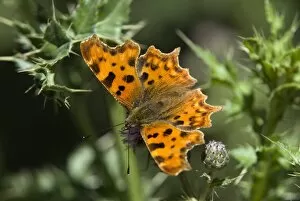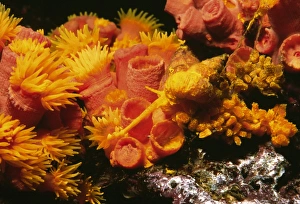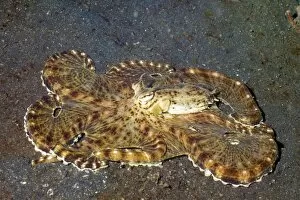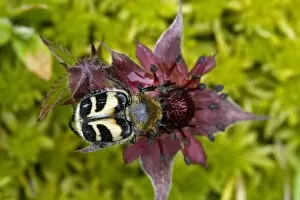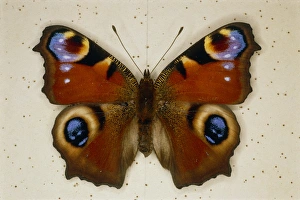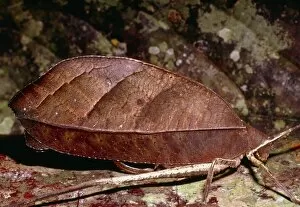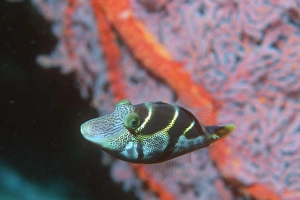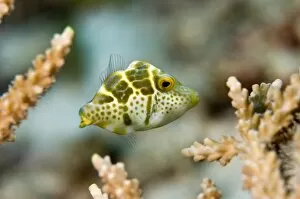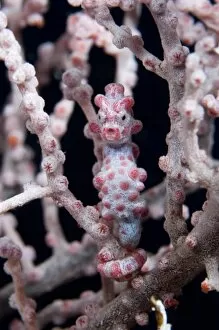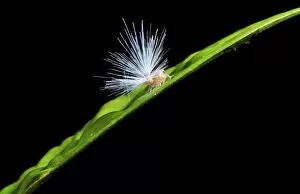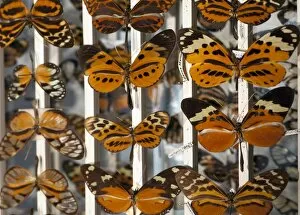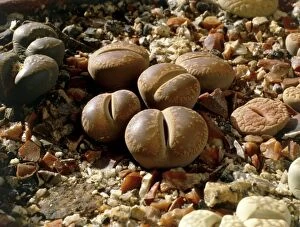Mimicry Collection (page 6)
"Mimicry: Nature's Master of Disguise" In the depths of Rapid Bay, South Australia, a Leafy Seadragon gracefully glides through the water
All Professionally Made to Order for Quick Shipping
"Mimicry: Nature's Master of Disguise" In the depths of Rapid Bay, South Australia, a Leafy Seadragon gracefully glides through the water. Its brilliant camouflage renders it invisible to both predators and prey, as they fail to recognize it as a fish. This mesmerizing creature is just one example of nature's remarkable mimicry. Perched delicately on an orchid in Hymenopus coronatus, an Orchid Mantis showcases its incredible ability to blend seamlessly with its surroundings. Its body mimics the vibrant colors and intricate patterns of the flower petals, fooling unsuspecting insects into becoming its next meal. Venturing further into South Australian waters, we encounter another master of disguise - the Sea Horse or Leafy Seadragon from the Syngnathidae family. Endemic to this region, these enchanting creatures perfectly imitate swaying seaweed with their leaf-like appendages, ensuring their survival amidst coral reefs. Traveling across continents to Chios, Greece, we stumble upon a captivating Bee Orchid. With astonishing precision, this flower mimics a female bee in appearance and scent to attract male bees for pollination purposes, and is truly nature's artistry at work. Butterflies take center stage when it comes to showcasing mimicry among species. Their wings adorned with intricate patterns and vibrant hues serve as disguises that confuse potential predators or even lure them away from vulnerable areas. Hidden amongst reeds stands the Bittern Bird RES 155 in Botaurus stellaris; its cryptic plumage blending flawlessly with its marshy habitat. This elusive bird relies on mimicry for survival by remaining unseen by both prey and predators alike. The Larval case of bagworms constructed meticulously using plant fragments demonstrates yet another form found in nature. These clever caterpillars create protective cases that resemble twigs or leaves while they undergo metamorphosis, ensuring their safety until they emerge as beautiful moths.

